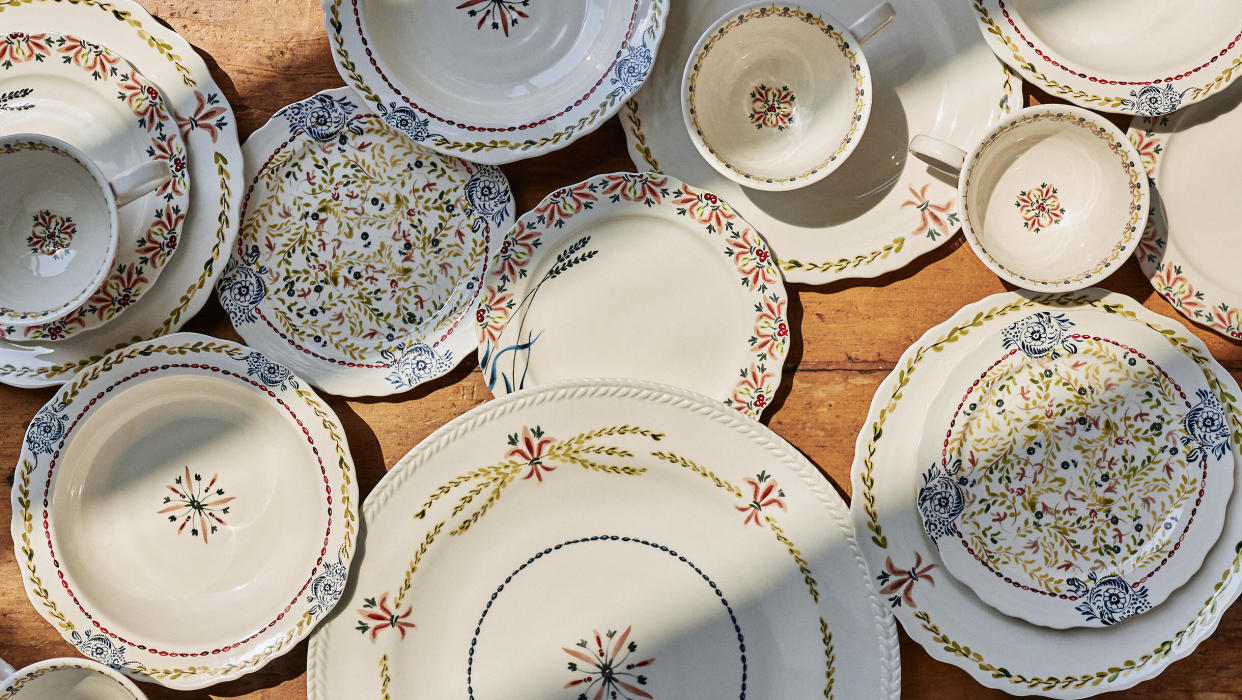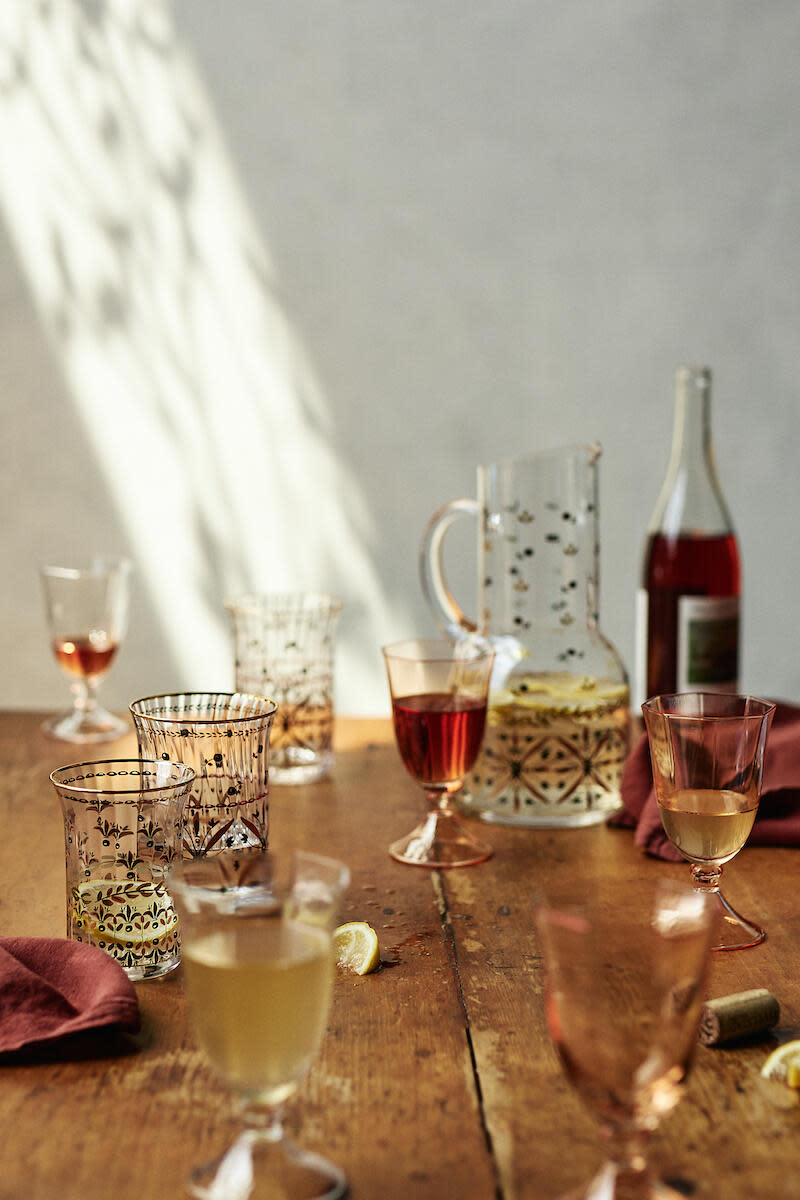Ikea can’t quit the maze, how furniture got so shoddy, and more

News Digest | Sep 5, 2023
This week, design maven Martha Stewart courted controversy when she sipped a craft cocktail garnished with luxury ice sourced directly from an iceberg during a cruise off the coast of Greenland. Stay in the know with our weekly roundup of headlines, launches, events, recommended reading and more.
Business News
As insurance premiums increase in areas with high flood and wildfire risks, buyers’ concerns about costs are slowing sales and sinking deals, The Wall Street Journal reports. A recent survey found that a third of builders in Florida and 29 percent in Southern California said that buyers’ concerns about home insurance were “somewhat slowing sales”—compared to a much lower national average of 9 percent. The shift can be attributed to the increasing frequency of climate-induced extreme weather, along with a change in the federal National Flood Insurance Program, which altered its pricing in 2021 to more closely tie premiums to risk. As a result, costs have spiked: In Florida, for example, the average annual home insurance premium has tripled over the past five years, from $1,988 in 2019 to $6,000, according to the Insurance Information Institute.
Architecture studio Snøhetta is facing a charge for unfair labor practices filed by the labor organization Architectural Workers United, which claims that the firm discriminated against employees during a recent push for unionization, Dezeen reports. Employees at the studio, which has locations in New York and San Francisco, first filed a petition to unionize in early May, though the effort failed early last month after a 35-29 vote against unionization. At the time, the AWU alleged that Snøhetta orchestrated a “coordinated anti-union campaign” by hiring law firm Stinson LLP as its representation during the effort. Now, the organization alleges that Snøhetta violated the National Labor Relations Act during its employees’ push for unionization. “The architecture industry is no different than any other industry,” AWU said in an Instagram post. “If employers use illegal tactics to obstruct their employees from organizing, they will be held accountable.” Snøhetta did not respond to Dezeen’s request for comment.
Crate & Barrel announced that it is embarking on a new multiyear plan to invest more heavily in technology and infrastructure, vastly increasing its digital team and incorporating AI into its internal operations in the process, Forbes reports. The retailer’s technology team will double over the next three years as a result of that investment, adding more than 200 new positions. The new personnel will be tasked with utilizing AI and automation to increase efficiency in its warehousing and delivery processes, and eventually offering customers a personalized shopping experience based on their past preferences.
Last week, an accountant at Roundhill Furniture—an Ohio-based supplier for Wayfair, Overstock, Ashley and others—pleaded guilty to embezzling more than $26 million from the company, Furniture Today reports. Former employee Yi He was responsible for Roundhill’s payroll, financial statements and records, and used his role to submit fraudulent bank and financial statements to the company’s leadership while siphoning off funds into his own personal accounts over a four-year period. He has yet to be sentenced.
After 94 years in operation, Pennsylvania-based company Gamburg’s Furniture announced plans to close as owners Sidney and Joyce Gamburg begin their retirement, Furniture Today reports. The family business was founded in 1930 as a small storefront in Hatboro, Pennsylvania, and was eventually passed to the second and third generations, which added locations that have since closed in nearby Newtown and Lansdale. Now, the company is winding down operations and beginning liquidation efforts in anticipation of shutting down entirely later this fall.
Pillow producer Pegasus Home Fashions entered into an agreement to be acquired by private equity firm Blue Torch Capital, Home Textiles Today reports. The agreement comes several weeks after Elizabeth, New Jersey–based Pegasus filed for Chapter 11 bankruptcy protection, citing assets and liabilities between $100 million and $500 million. Pending bankruptcy court approval, the deal would offer Pegasus debtor-in-possession financing, with up to $25 million in new financing.

Launches & Collaborations
Anthropologie tapped French chef and cookbook author Mimi Thorisson for her inaugural tableware collection. Drawing inspiration from the tradition of Italian pottery art, the assortment of bakeware, dinnerware, glassware and table linens incorporates intricate, rustic motifs designed to evoke a sense of festivity at mealtime.
Recommended Reading
Once an opulent form of interior decoration, plaster ornamentation became something of a lost art over the better half of the last century, falling out of favor in the post–World War II era as contractors widely adopted the use of drywall. As Yelena Moroz Alpert writes for The New York Times, the craft has slowly crept back into interiors in recent years, this time taking on a more playful tone—depicting out-of-the-box motifs like blown-away dandelion seeds, sea creatures and sprawling gardens.
Throughout design history, certain pieces remain imprinted on the industry’s collective imagination—for example, designer Bruno Munari’s aptly named Chair for Very Brief Visits from 1945 (with a seat that slopes treacherously downward) or Italian company Gufram’s 1972 cactus-shaped coat rack. Among the new products of today, which will become part of the canon? For The New York Times, Arlene Hirst surveys designers and curators on the contemporary pieces that they expect will stand the test of time, as well as the qualities that contribute to the making of a classic.
It is safe to say that much of the furniture sold today is not what it was a half-century ago. In an effort to drastically cut costs for consumers, furniture makers have also cut corners—swapping solid cherry and oak for pressboard and plywood, and creating flat-pack pieces that can ship overseas en masse. As Rachel Kurzius writes for The Washington Post, the vast availability of poor-quality items has only conditioned consumers to expect flimsy furniture, furthering a cycle that contributes to ever-faster trend turnover and huge amounts of waste.
In rolling out its new downtown store formats over the past few years, Ikea decided to try something different, doing away with its signature mazelike store design and adopting an open floor plan. The response from shoppers was swift and surprising: Bring back the maze. For The Wall Street Journal, Katie Deighton delves into the origin of the retailer’s looping store design and explains why its dependable pathways not only improve the customer experience, but also boost sales.
Want to stay informed? Sign up for our newsletter, which recaps the week’s stories, and get in-depth industry news and analysis each quarter by subscribing to our print magazine. Join BOH Insider for discounts, workshops and access to special events such as the Future of Home conference.

